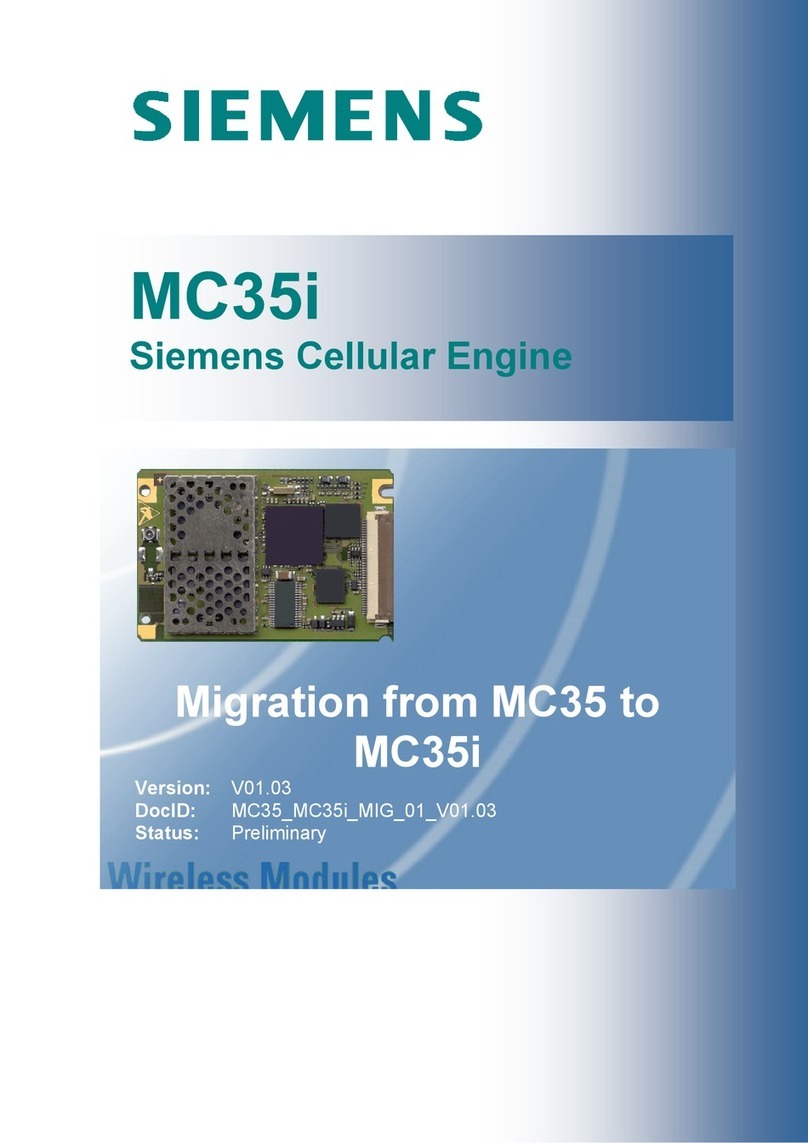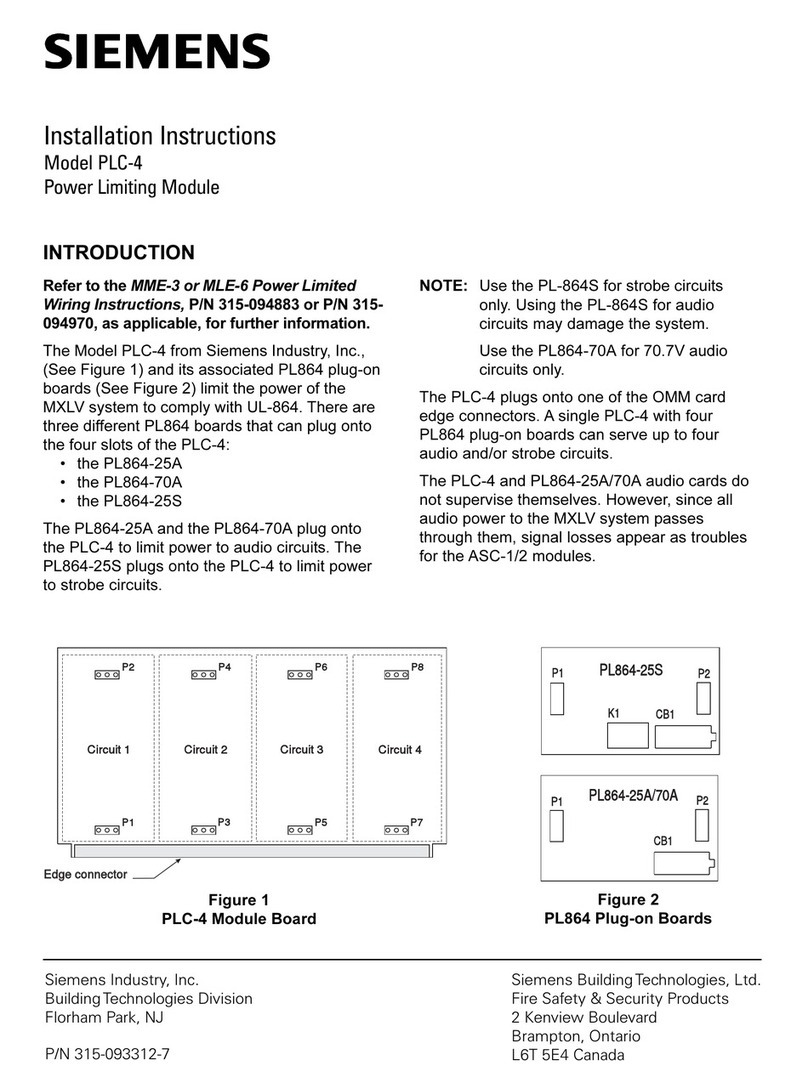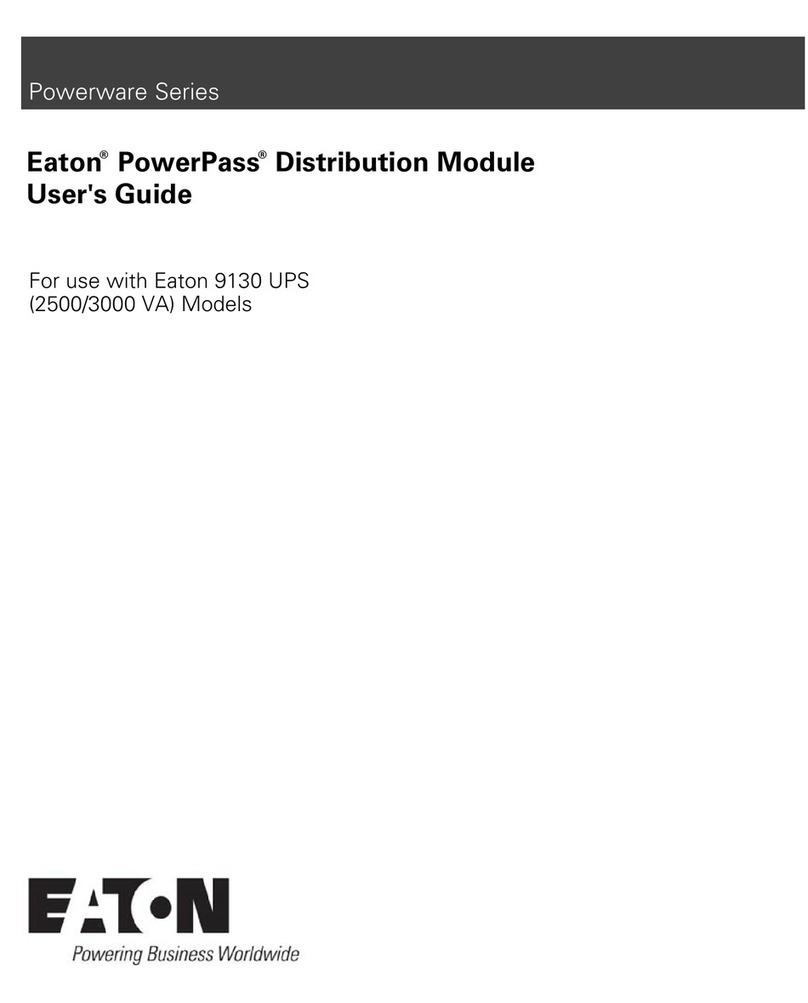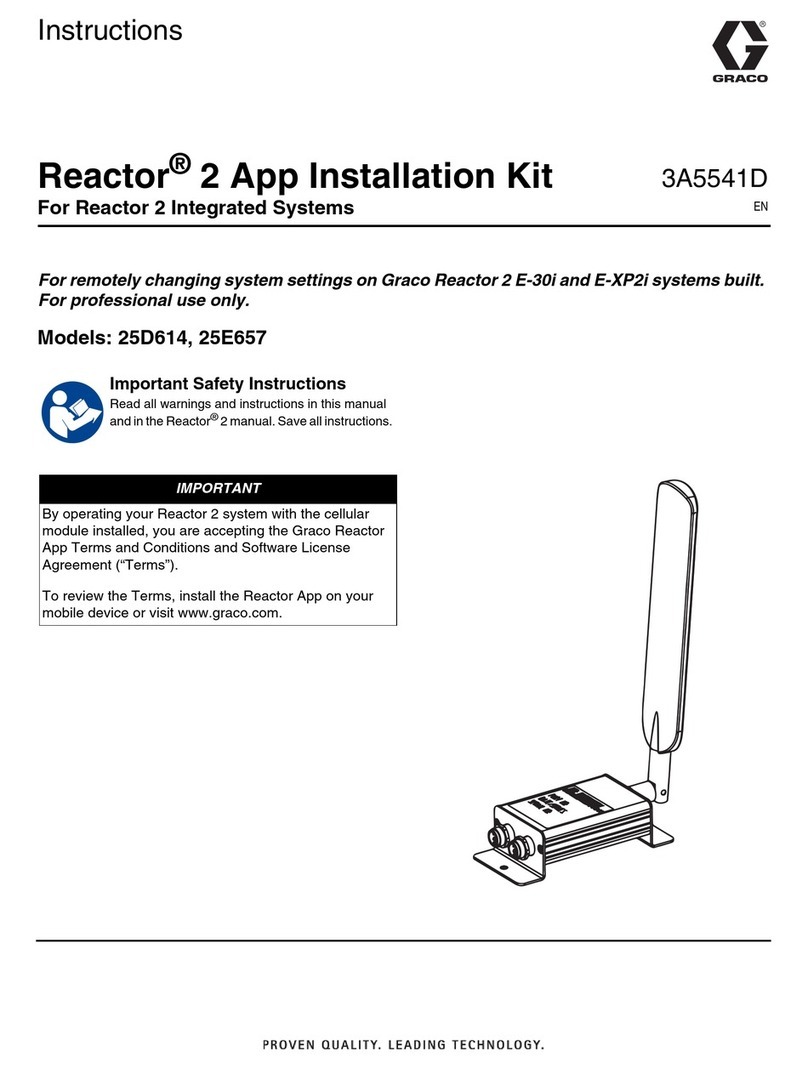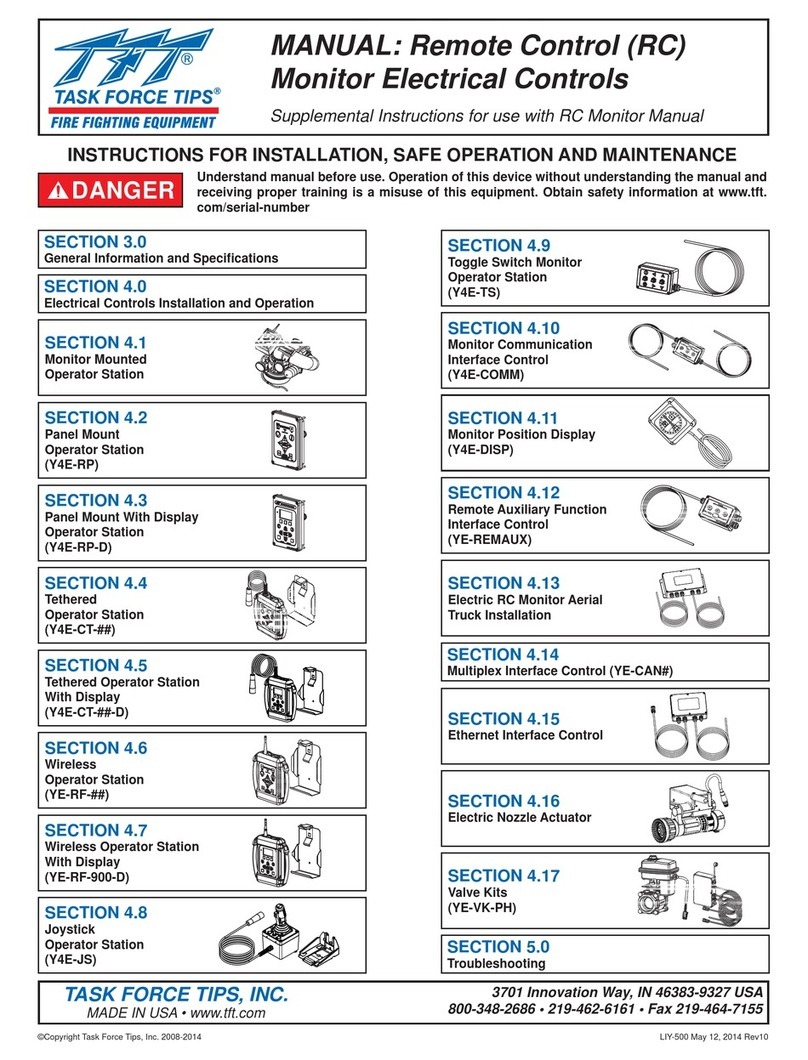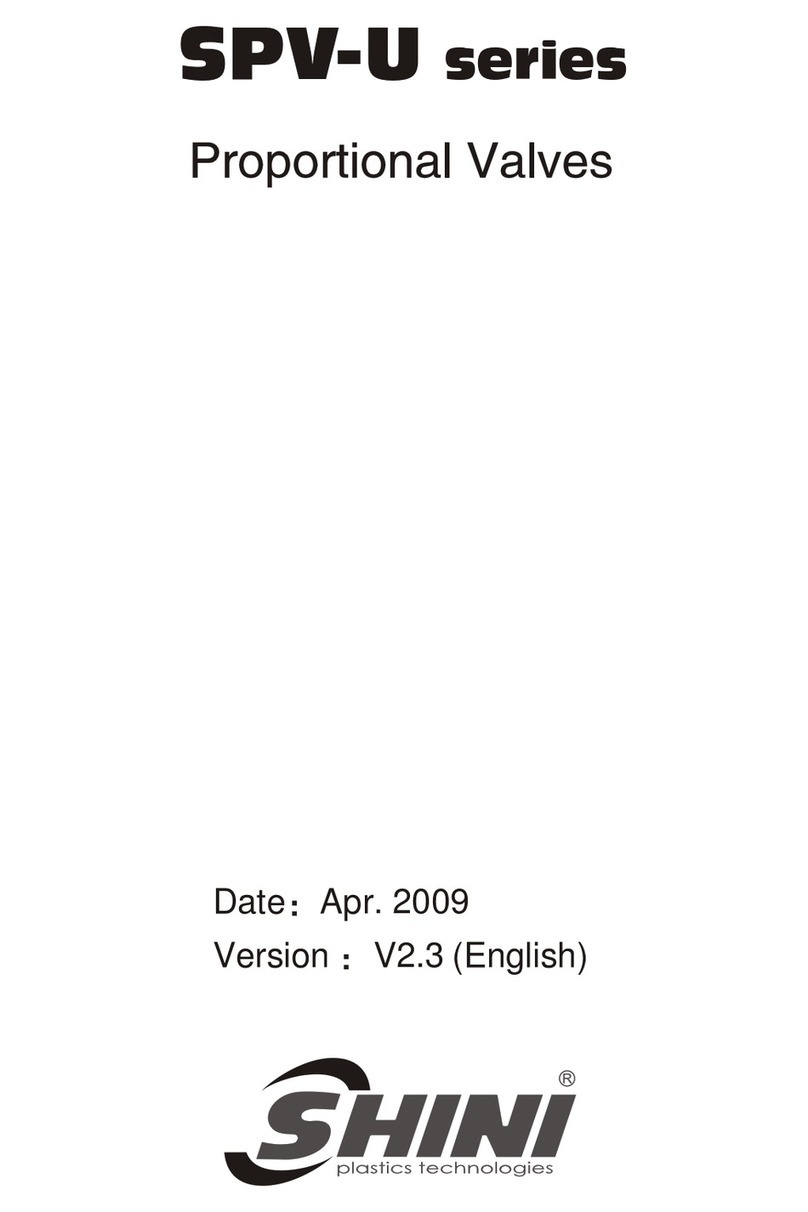Siemens ACVATIX PS53 User manual
Other Siemens Control Unit manuals
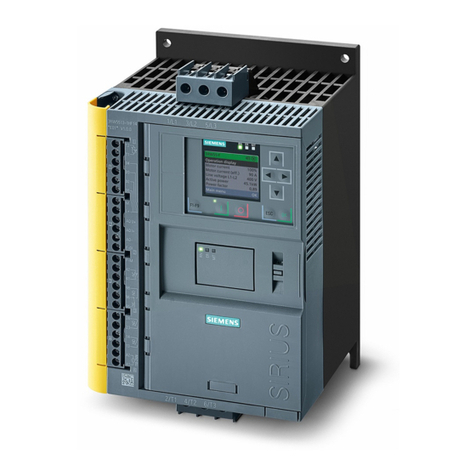
Siemens
Siemens SIRIUS 3RW5 series Technical Document
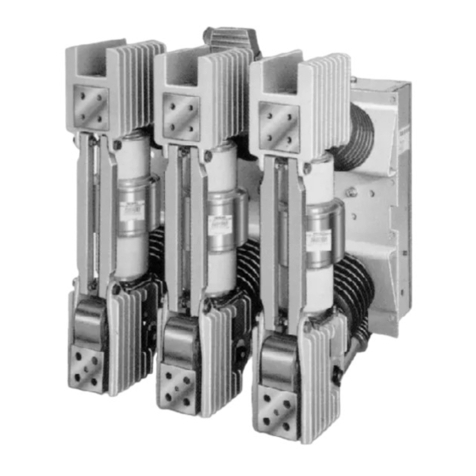
Siemens
Siemens 3AH User manual
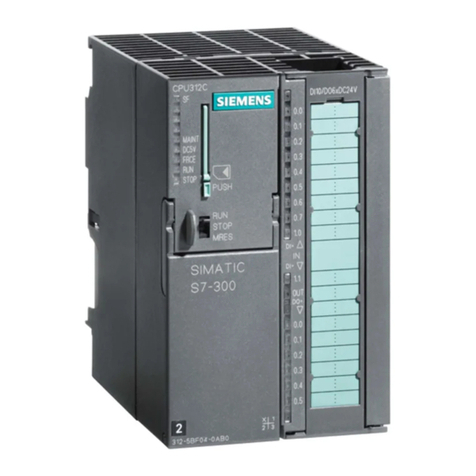
Siemens
Siemens SIMATIC User manual
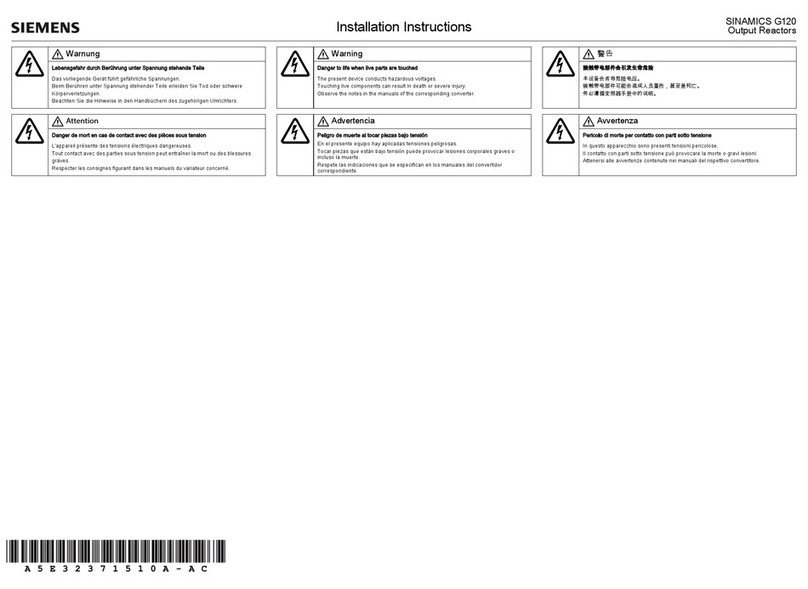
Siemens
Siemens SINAMICS G120 User manual
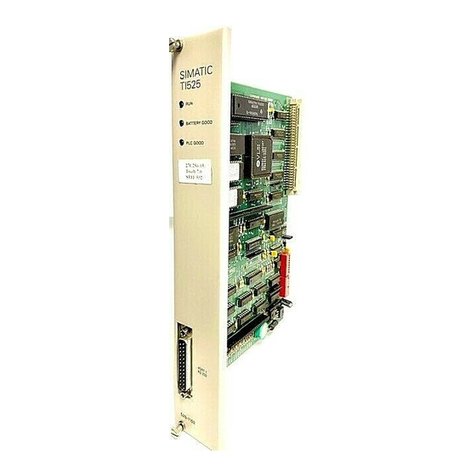
Siemens
Siemens SIMATIC TI525 User manual
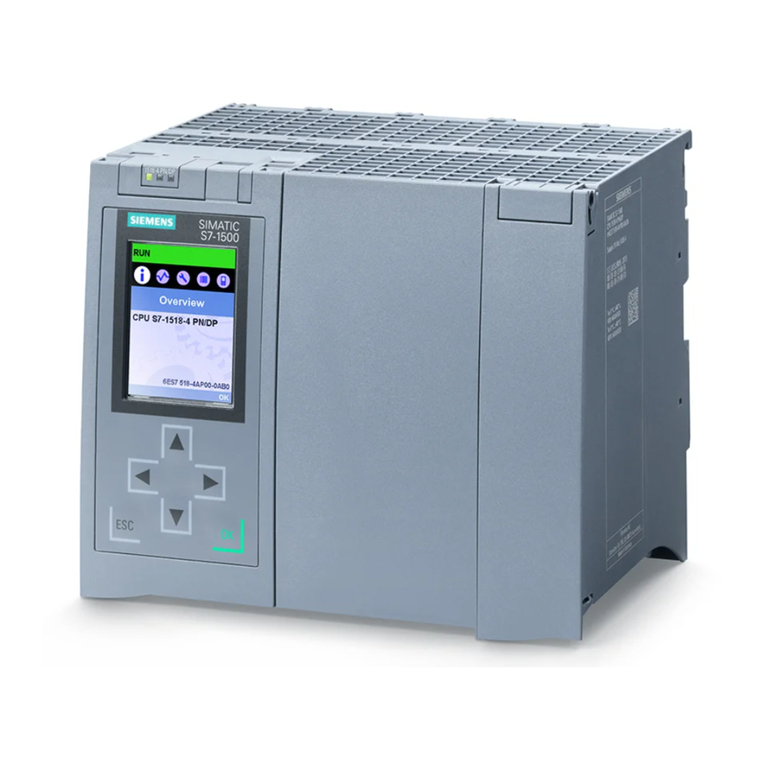
Siemens
Siemens Simatic S7-1500 User manual
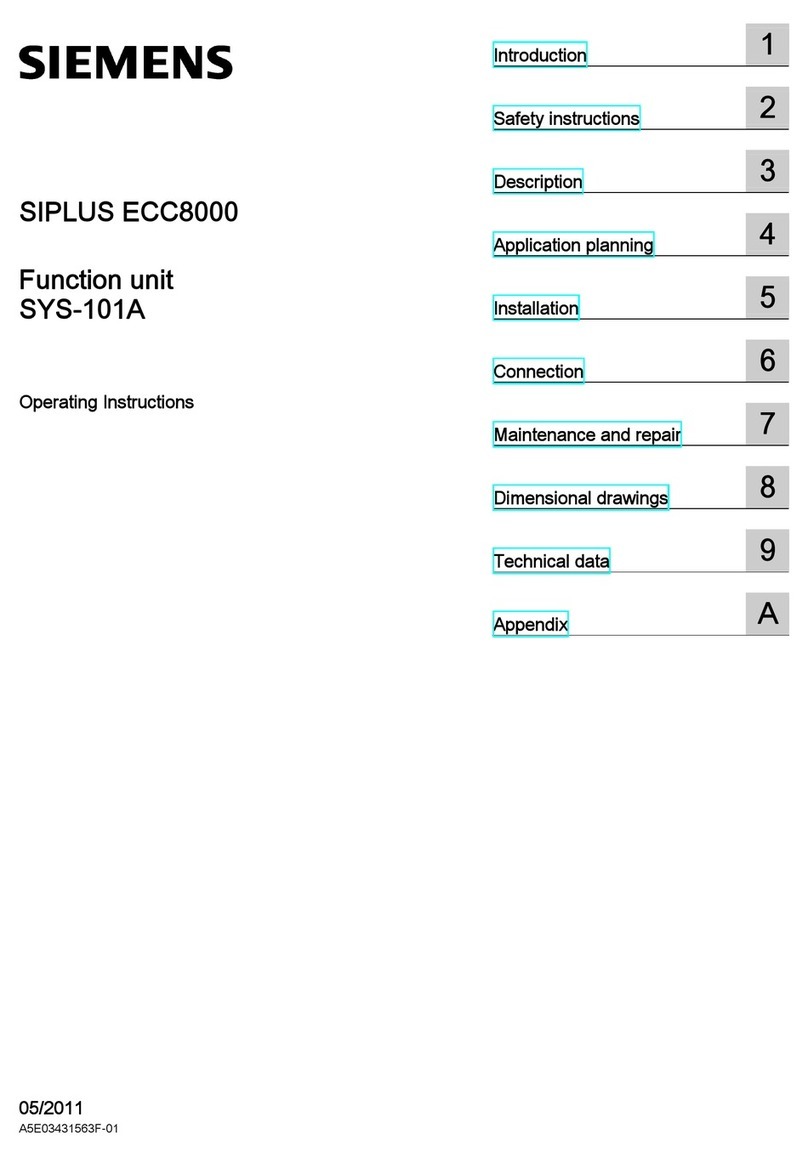
Siemens
Siemens SIPLUS ECC8000 User manual
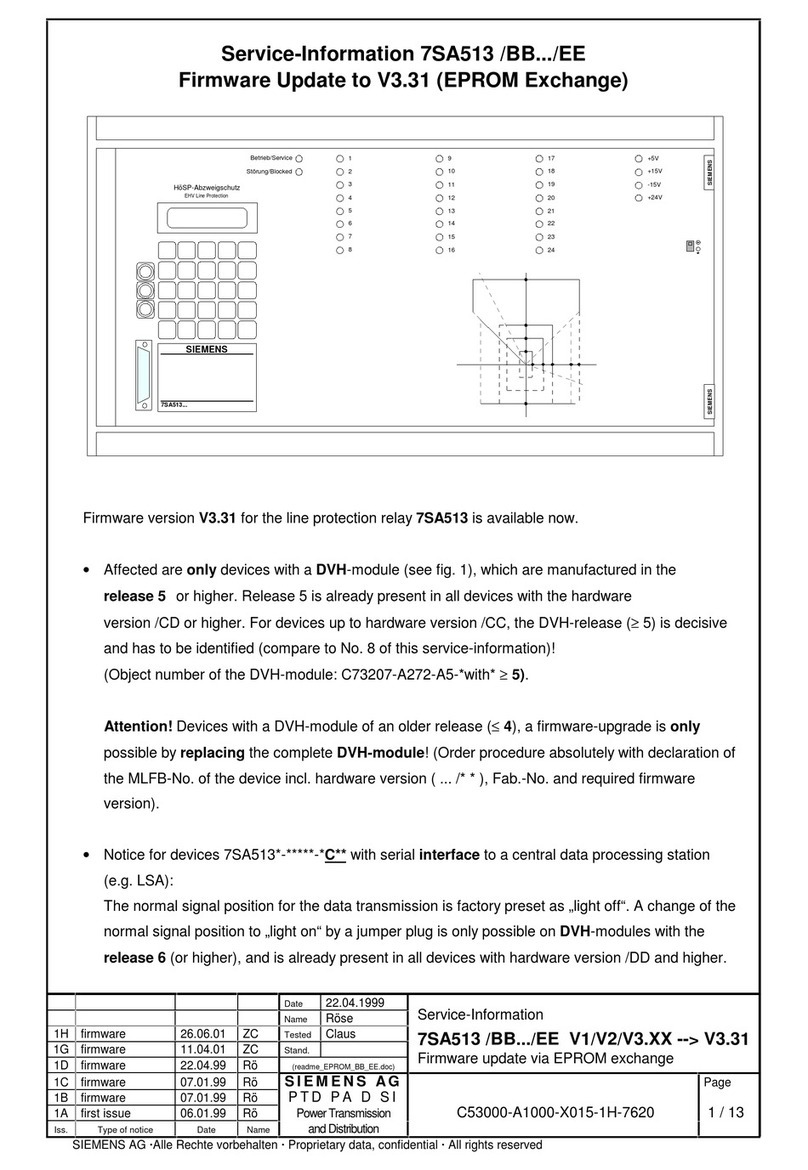
Siemens
Siemens 7SA513BB Series Operating and installation instructions
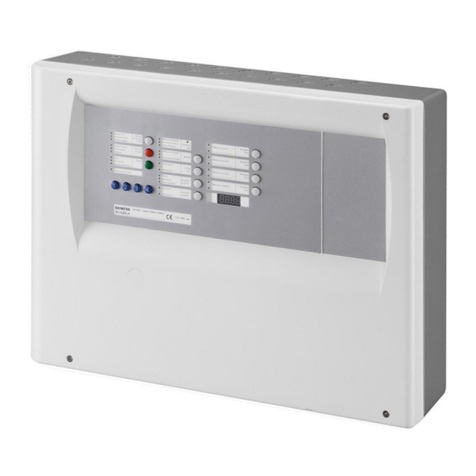
Siemens
Siemens XC10 Series Guide

Siemens
Siemens SINAMICS G120 User manual
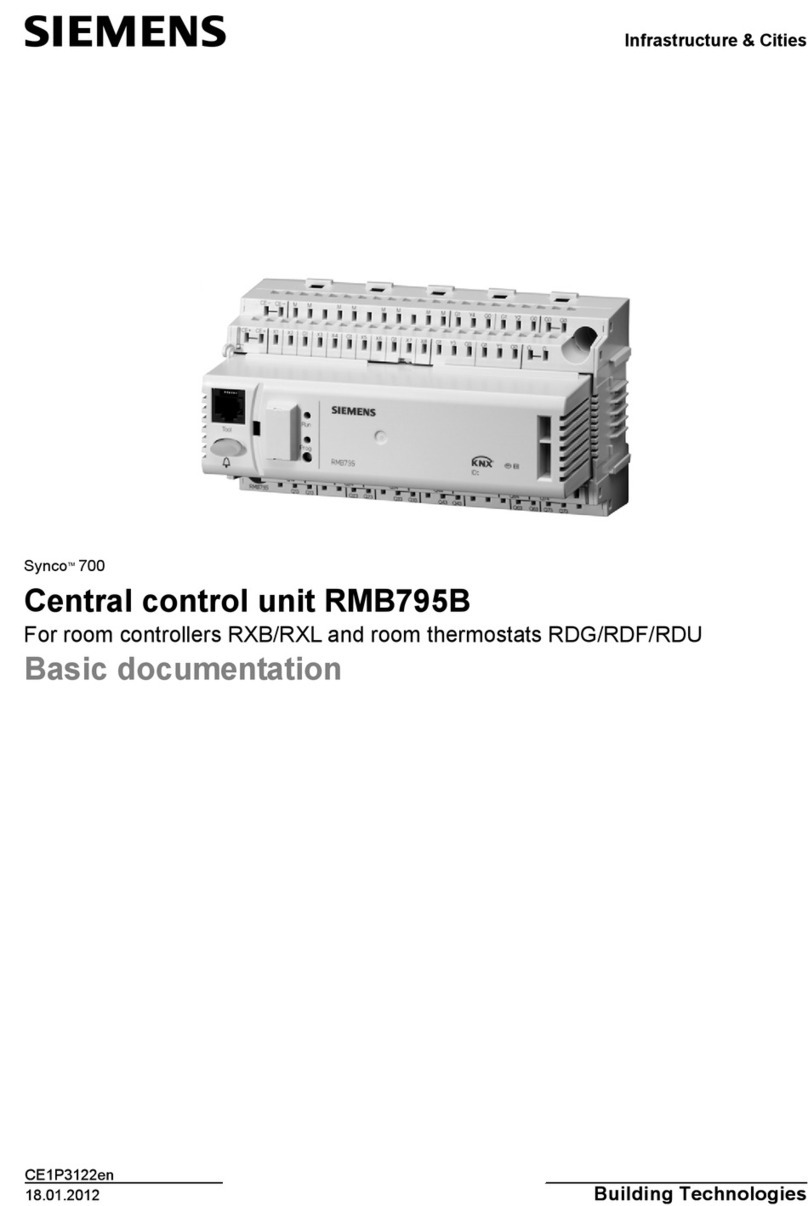
Siemens
Siemens RMB795B Operator's manual

Siemens
Siemens SR-35 User manual

Siemens
Siemens XC10 Series Instruction Manual

Siemens
Siemens WFZ43 User manual

Siemens
Siemens SITRANS PCS 7 Parts list manual

Siemens
Siemens SIMATIC ET 200SP CM 1xDALI Owner's manual
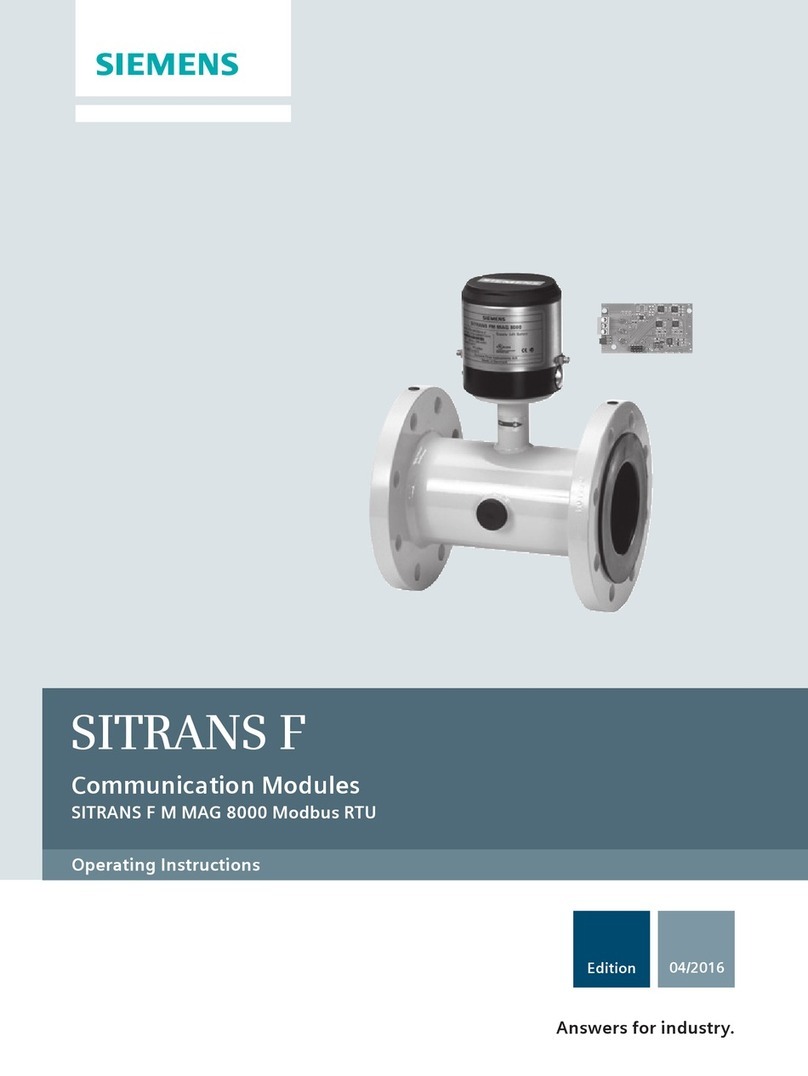
Siemens
Siemens SITRANS F User manual
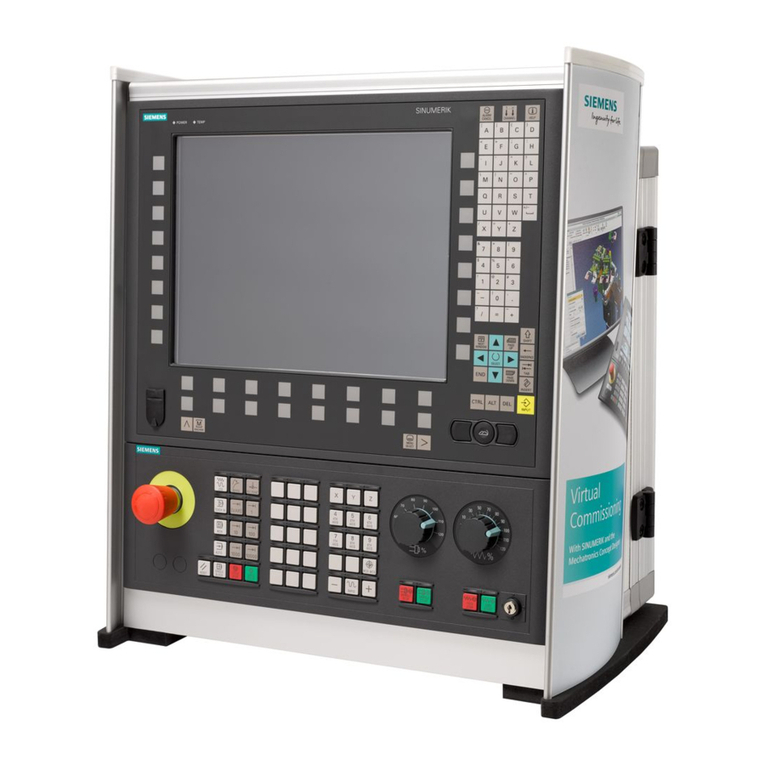
Siemens
Siemens SINUMERIK 840D sl User manual
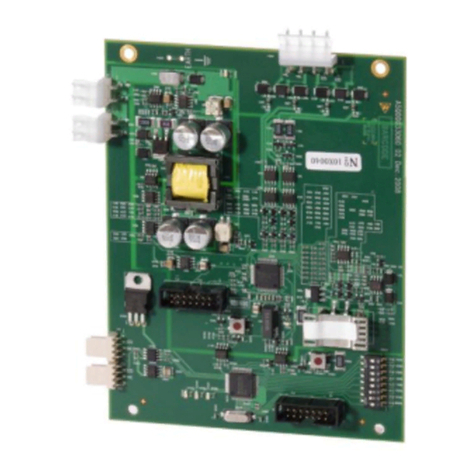
Siemens
Siemens FCI1802-A2 User manual
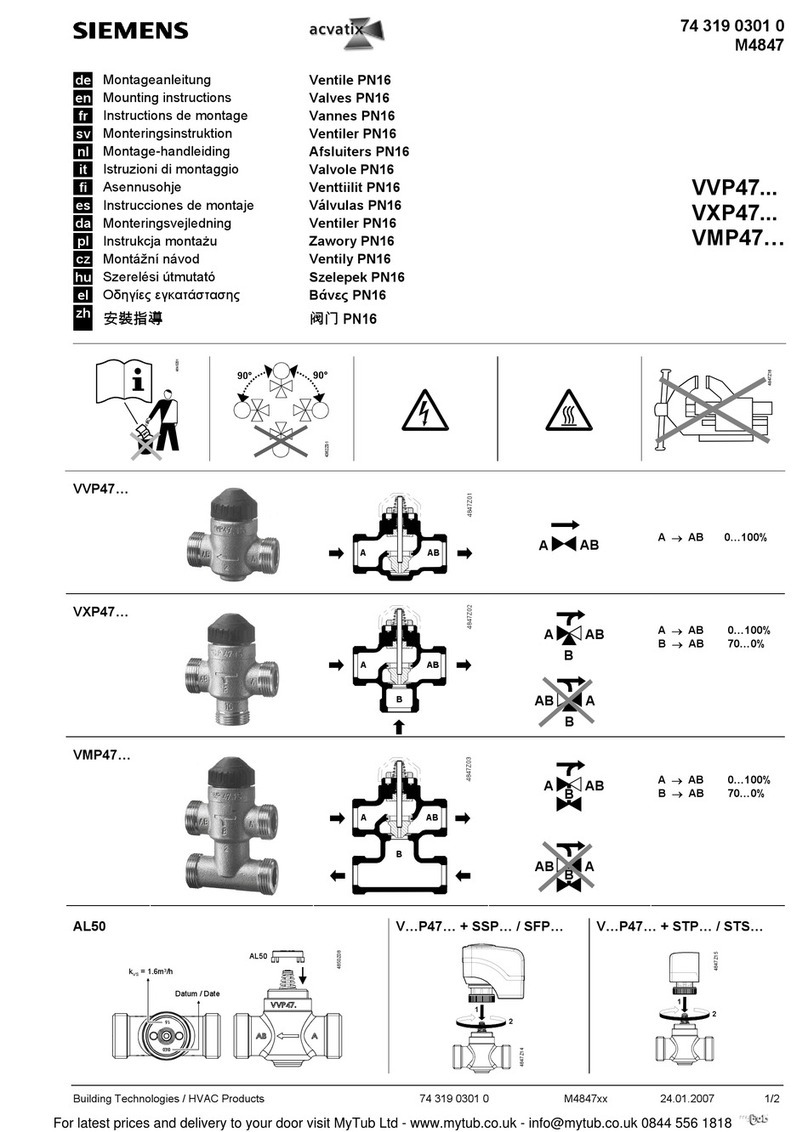
Siemens
Siemens VVP47 Series User manual
Popular Control Unit manuals by other brands
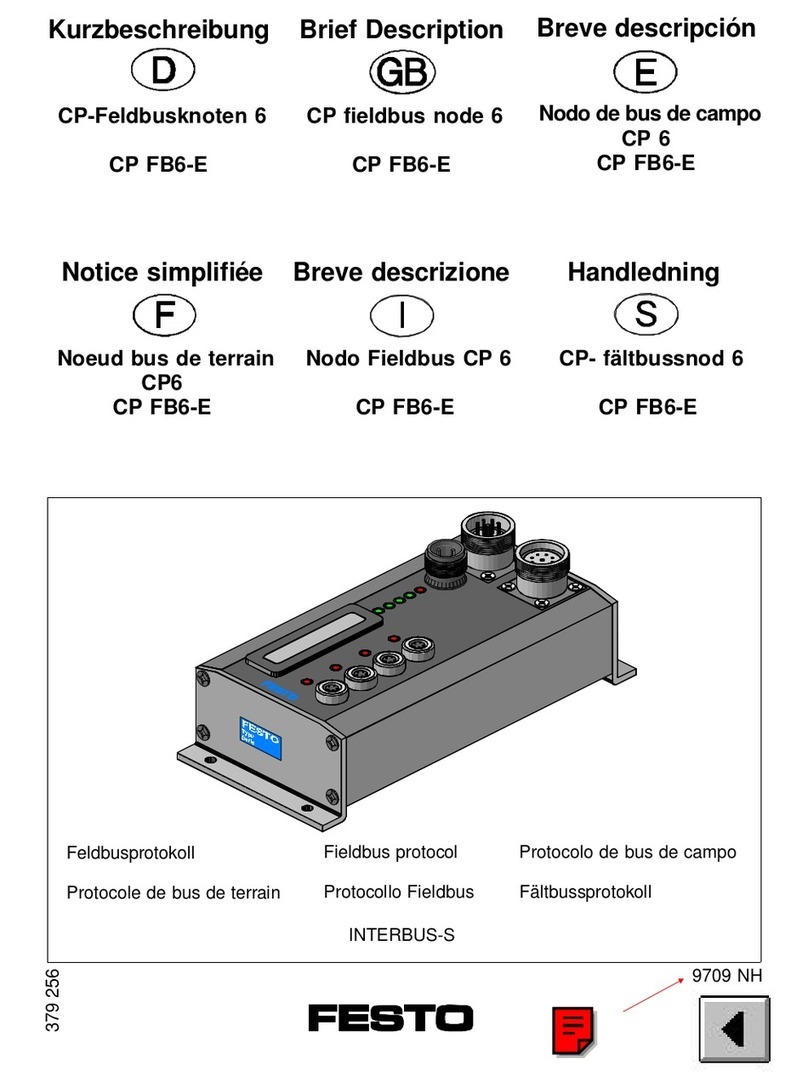
Festo
Festo Compact Performance CP-FB6-E Brief description
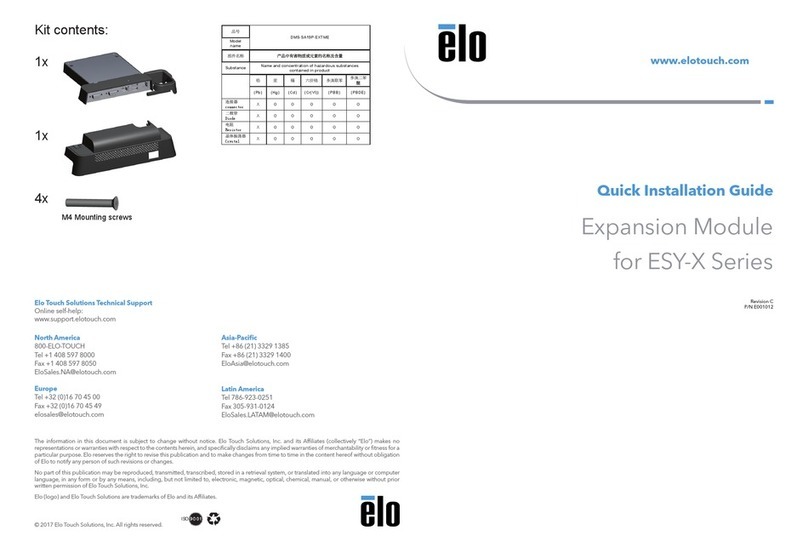
Elo TouchSystems
Elo TouchSystems DMS-SA19P-EXTME Quick installation guide
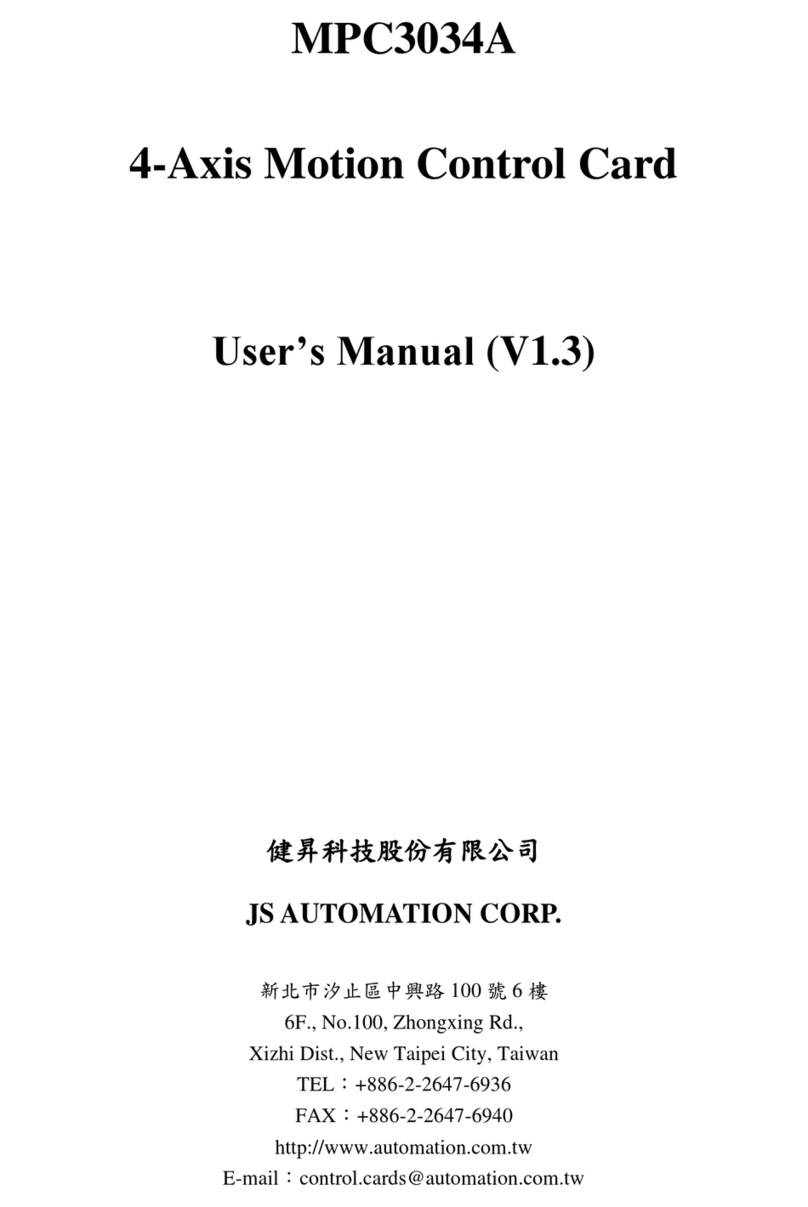
JS Automation
JS Automation MPC3034A user manual
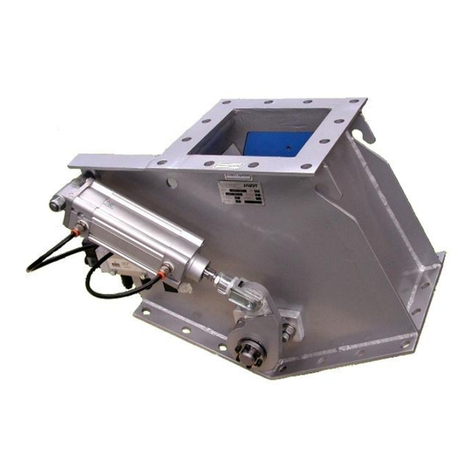
JAUDT
JAUDT SW GII 6406 Series Translation of the original operating instructions

Spektrum
Spektrum Air Module System manual
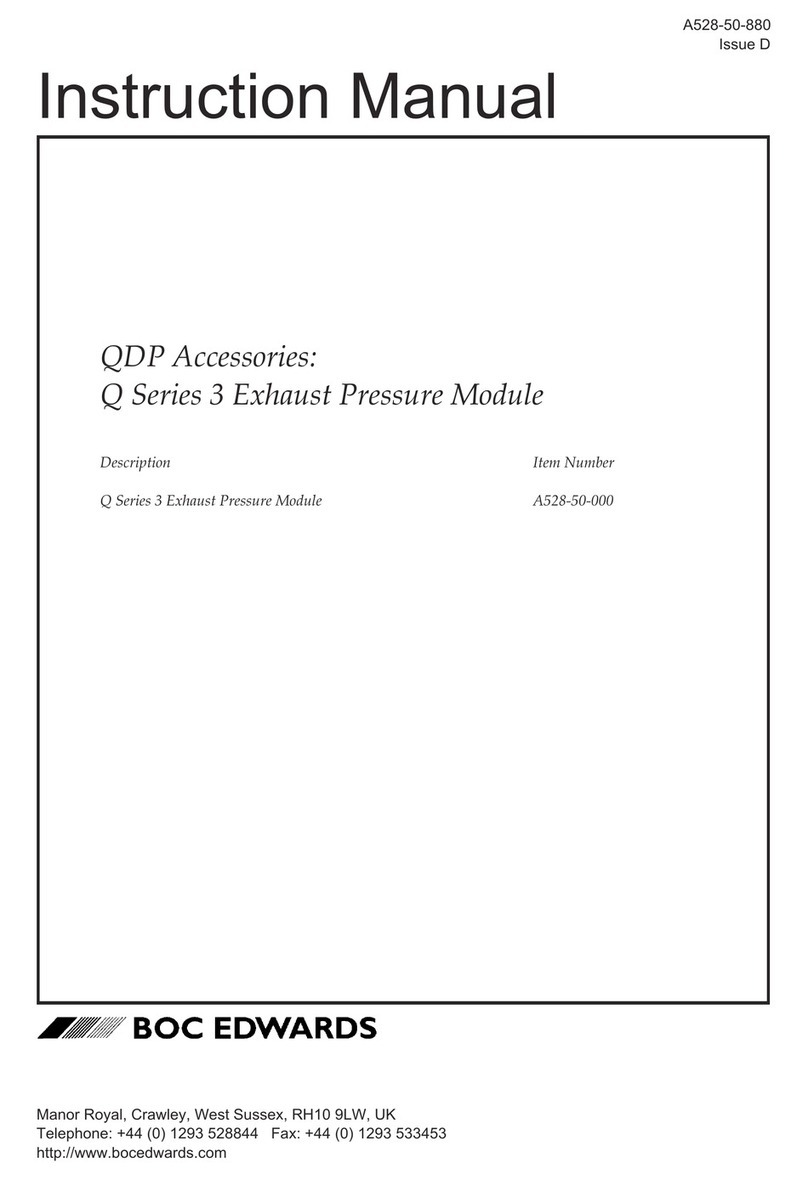
BOC Edwards
BOC Edwards Q Series instruction manual

KHADAS
KHADAS BT Magic quick start
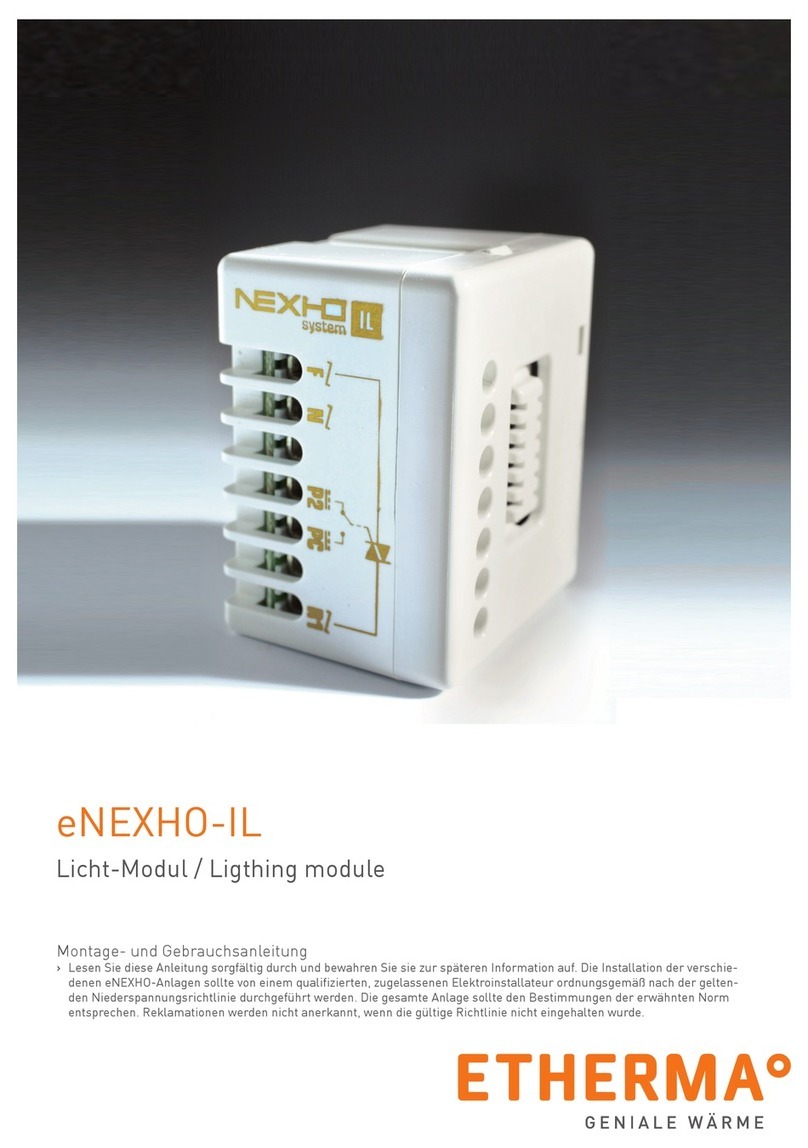
Etherma
Etherma eNEXHO-IL Assembly and operating instructions
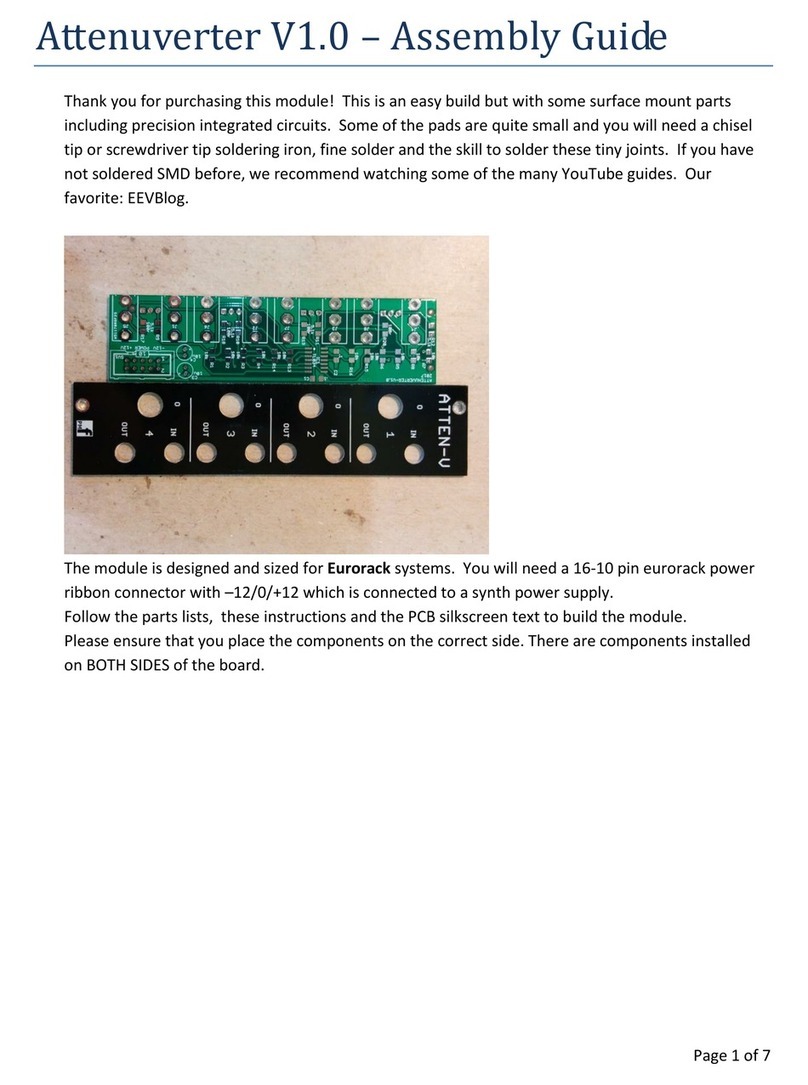
PMFoundations
PMFoundations Attenuverter Assembly guide
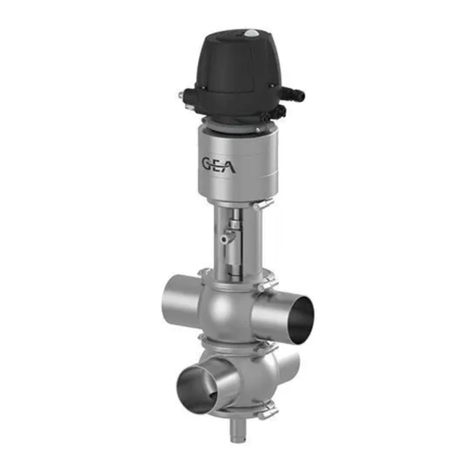
GEA
GEA VARIVENT Operating instruction
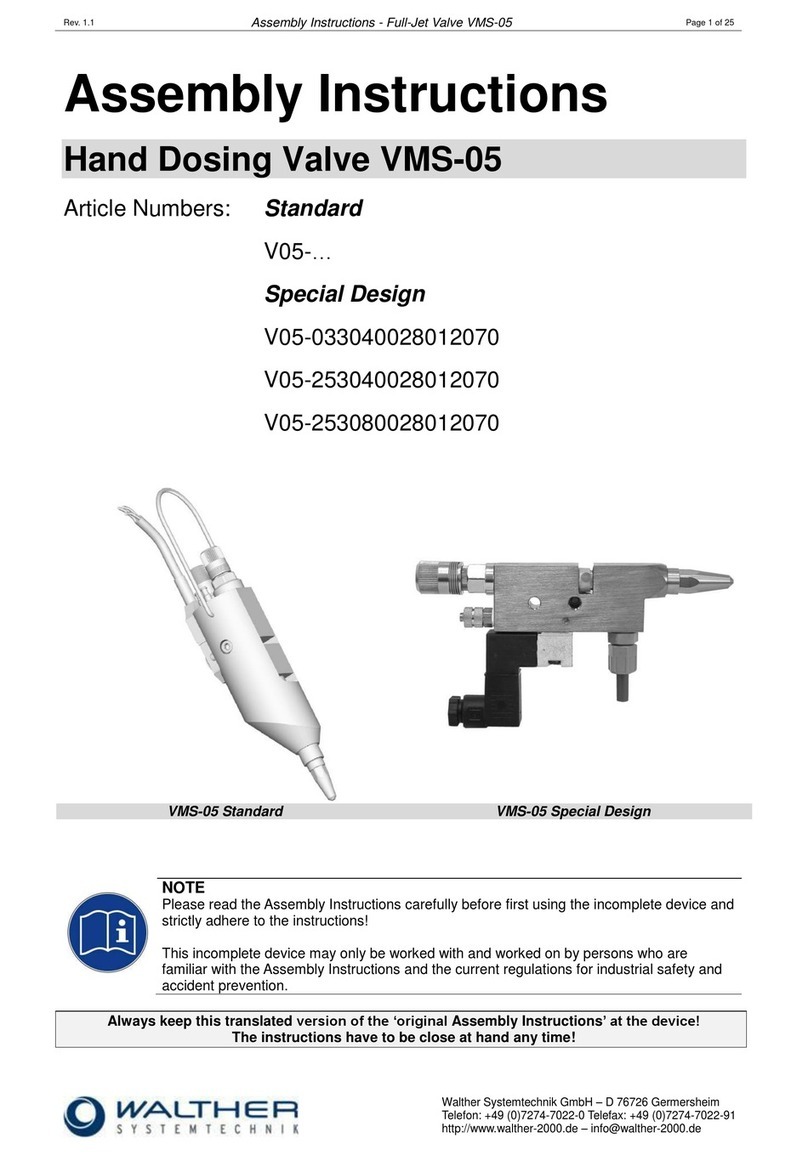
Walther Systemtechnik
Walther Systemtechnik VMS-05 Assembly instructions

Altronix
Altronix LINQ8PD Installation and programming manual
